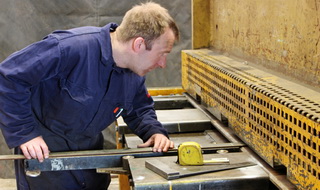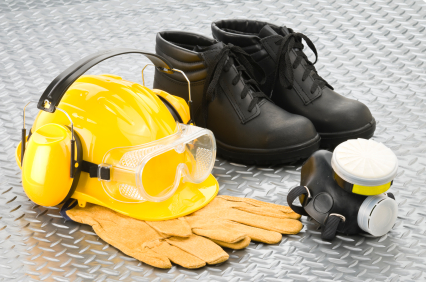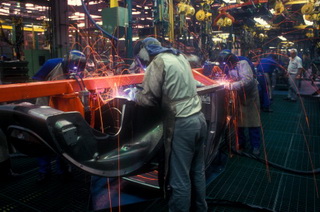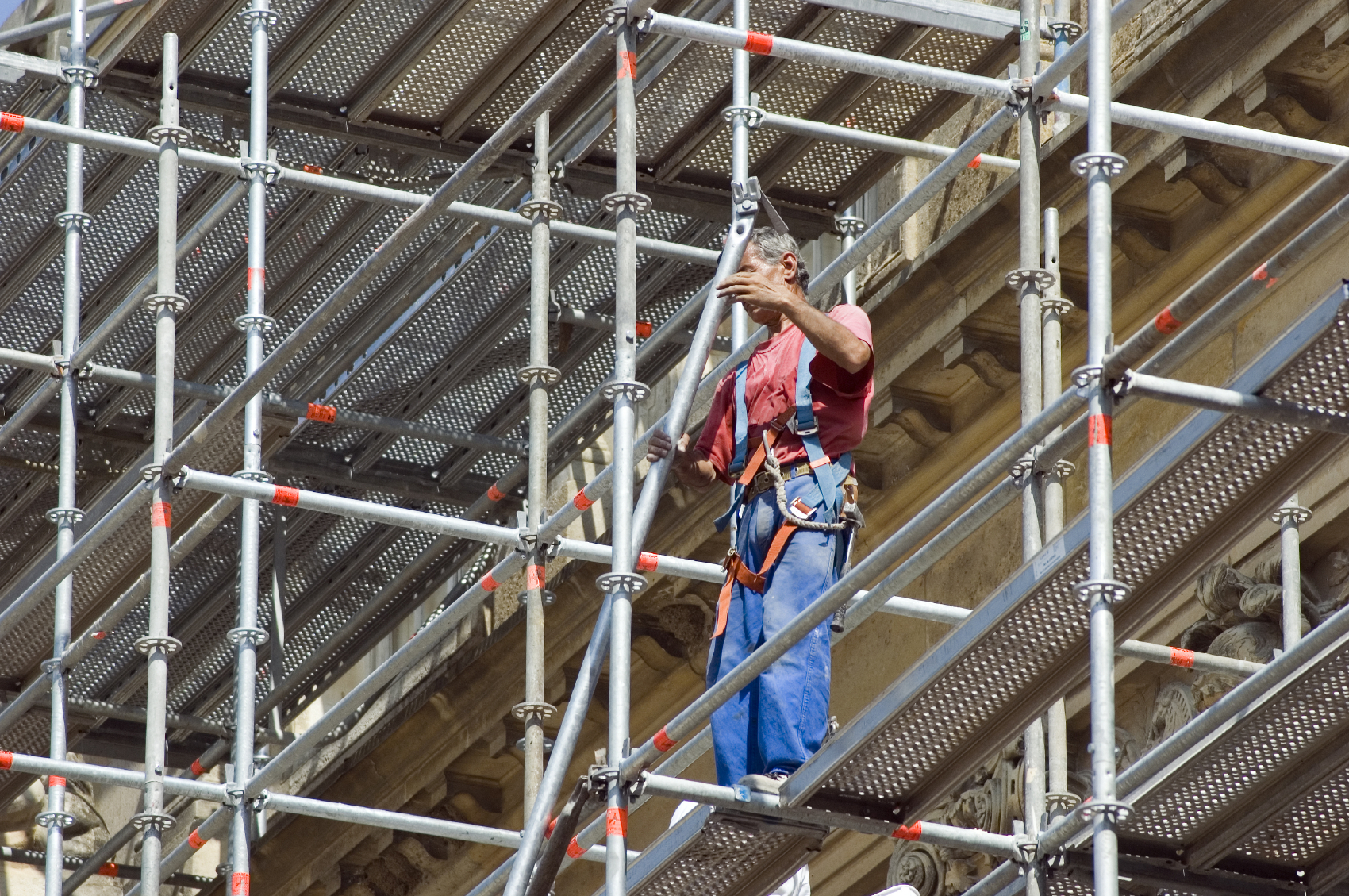
Machine Guards Only Work When They Are Being Used
On the Scene E-Newsletter, Edition 94, April 13, 2009
 Machinery cannot distinguish between wood, steel, paper or plastic and flesh or bone. According to the Occupational Safety and Health Administration (OSHA), workers who operate and maintain machinery suffer approximately 18,000 amputations, lacerations, crushing injuries, and abrasions, and over 800 deaths a year in the United States. Machine guarding is very important in any successful safety program for equipment with moving parts that can injure or kill someone, yet guards still get removed. Machine Guarding Standard 29 CFR 1910.211 through 243 specifies areas to be guarded on all types of equipment. It specifies that guards must be affixed to machines where possible and secured elsewhere if for any reason attachment to the machine is not possible. The guard shall be such that it does not offer an accident hazard in itself. One of the most complicated accidents to sort out is when a guard is removed from a machine or a product and then an accident occurs. Who removed the guard? Why was the guard removed? Was the removal of the guard foreseeable? Was injury or death substantially certain with the guard removed? Legal issues such as strict liability and intentional tort have different definitions in different states. CED has several experts in machine and product design with experience sorting through these issues.
Machinery cannot distinguish between wood, steel, paper or plastic and flesh or bone. According to the Occupational Safety and Health Administration (OSHA), workers who operate and maintain machinery suffer approximately 18,000 amputations, lacerations, crushing injuries, and abrasions, and over 800 deaths a year in the United States. Machine guarding is very important in any successful safety program for equipment with moving parts that can injure or kill someone, yet guards still get removed. Machine Guarding Standard 29 CFR 1910.211 through 243 specifies areas to be guarded on all types of equipment. It specifies that guards must be affixed to machines where possible and secured elsewhere if for any reason attachment to the machine is not possible. The guard shall be such that it does not offer an accident hazard in itself. One of the most complicated accidents to sort out is when a guard is removed from a machine or a product and then an accident occurs. Who removed the guard? Why was the guard removed? Was the removal of the guard foreseeable? Was injury or death substantially certain with the guard removed? Legal issues such as strict liability and intentional tort have different definitions in different states. CED has several experts in machine and product design with experience sorting through these issues.






